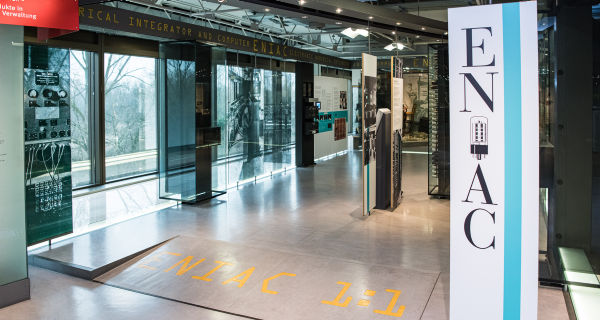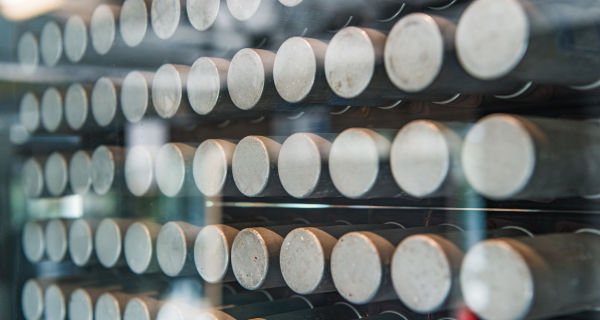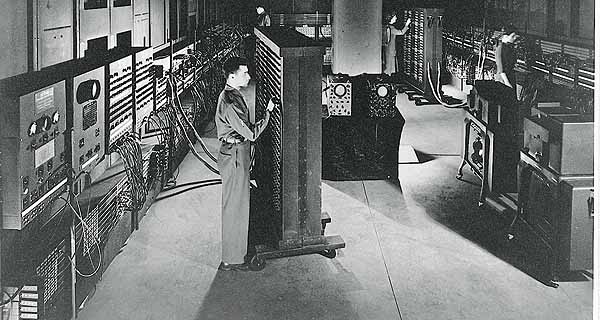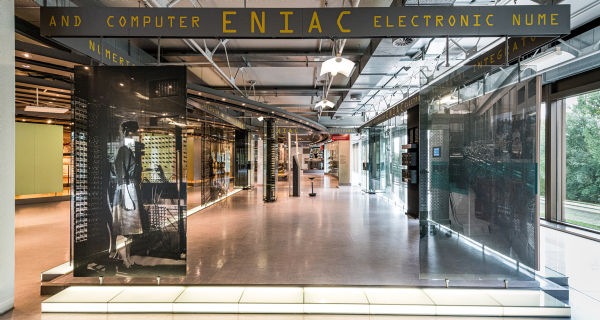The ENIAC (Electronic Numerical Integrator and Computer) was the direct forefather of the modern computer because the problems associated with its operation led to the development of the latter.
ENIAC was a joint effort of the Moore School of Electrical Engineering at the University of Pennsylvania and the Ballistic Research Laboratory of the U.S. Army. Both institutions had a copy of Vannevar Bush's analog Differential Analyzer, and the U.S. Army had made a contract with the Moore School to use their facilities for the war effort. But despite two Differential Analyzers and a total of about 200 personnel, most of them "human computers" working on mechanical desk calculators, capacity was not sufficient to compute the artillery firing and bombing tables needed.
The ENIAC - 18,000 vacuum tubes and 1,500 relays
Stimulated by conversations with John V. Atanasoff, who had developed the ABC special-purpose computer, the physicist John W. Mauchly circulated a memo on his ideas for a vacuum-tube general-purpose digital computer at the Moore School in August 1942. John Presper Eckert, the Moore School's best electronic engineer, immediately immersed himself in the project. In a formal contract of 5 June 1943, the U.S. Army underwrote it. However, it was only in February 1946 that successful program runs were demonstrated. The new ENIAC contained 18,000 vacuum tubes yet its memory was too small for many applications. Since the slow process of reading a program from punched tape would have annihilated its high processing speed, the ENIAC was programmed by wiring it up for a specific problem. Therefore it would take hours or even days to change the program.John von Neumann thinking about a successsor model
John von Neumann turned his attention to the ENIAC in the summer of 1944. To overcome the problems mentioned, von Neumann and the ENIAC team drew up a plan for a successor model. Eckert suggested a mercury delay-line memory. This would increase memory capacity by a factor of 100 for the same amount of electronics. In the meetings with von Neumann, the idea evolved to store the program in the memory in addition to data. This would speed up programming and enable the machine to change the flow of the program. The concept of a computer in today's sense of the word (i.e. a stored-program, universal machine) was born.
The installation in the exhibition shows ENIAC's size. A report on the ENIAC-On-A-Chip project at the Moore School illustrates the difference in performance between past and present equipment.




